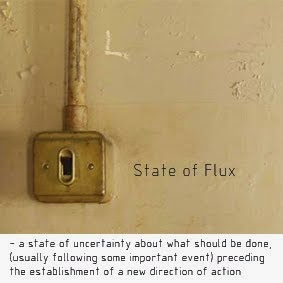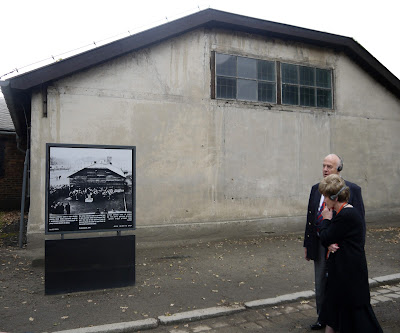The
fundamentals and essentiality of my research is based on an inspirational (and to
be repeated) trip to Chernobyl: initially being to look at self-settlers
and their reasons for returning to a homeland that could potentially kill them.
However, after in depth research, I soon realised there are a multitude of
issues connected to the 1986 disaster that are still very much relevant
worldwide today i.e. real-time safety issues regarding the highly radioactive
waste still stored at Chernobyl, recognition of the disaster as catalyst for
world change (i.e. Glasnost), collective memory – a cognitive resonance,
relating to the sudden evacuation of Pripyat and displacement trauma, as
well as the effect of human error on mass population (responsibility) and not
least the heroic, almost suicidal bravery of individuals who really did
save the world. After initial research, subjects broadened (to include the
Holocaust, Dark Tourism etc) and became too much. Therefore I have concluded
what it is I am most interested in – ʻChernobylʼ and the ʻpoignancy of a fleeting moment in timeʼ
and through this message –visually and emotionally communicated through my
work, I will selectively choose particular resonating ʻsnapshots in timeʼ attempting to raise awareness of the wider and
far- reaching issues through a textiles exhibition piece or installation, the
title of which should definitely be…
'What Once
Was There'
or rather
‘What Was
There Once’
The next
step is more research, but not exclusively as I need to produce physical work –
which will form the basis of my future ‘mastery’. This ‘mastery’ can also be of
my subject, my concept. In the first instance I therefore need to extend my
memory life, like a rechargeable battery. Duracell, preferably.
 |
| Digitally printed silk length with discharge screen print |
Now though
I have arrived more at questions than answers…
Q: How to
capture ‘a moment in time’?
A: Photography
being the most obvious, and I have plenty of photos…so kind of disregarding (for
the moment) all the artwork, drawing etc. that I have done, which will never be useless as by doing that I have
refined and defined my colour story, compositionally testing out figurative,
textured and abstract responses which will no doubt, have subconsciously informed my future outcomes (OR I could actually use
some of those images, marks and shapes for a layer of print). An aside: I feel
I am still putting too much into/onto a design –you decide?
Q: How to
choose the most evocative moment in
time?
Q: What if
I combine a number of photographic images to create a moment in time?
Q: Do I
manipulate the images?
A: So far in
some cases I have merged and layered
them and decreased the opacity but little else. I do like them and mostly they do, I feel, create a mood, an impression.
Q: Should
they tell a story? Can you expect every photographic image to tell a
whole story, is that feasible?
A: The one
piece that does say what I want to
say is this one;
 |
| Cyanotype print - Pripyat Interior |
Mmm what to do with it now.










































